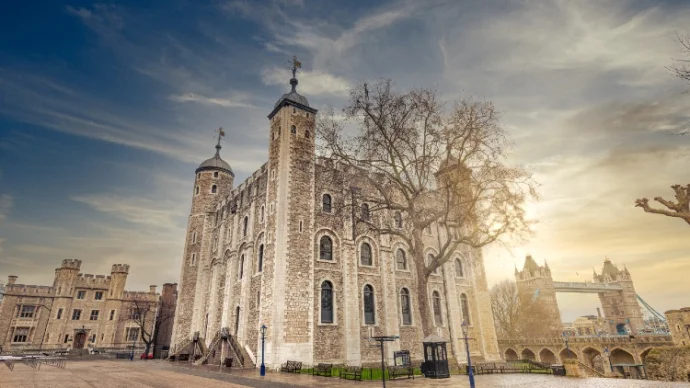
About Houses of Parliament
The Houses of Parliament, also known as the Palace of Westminster, serves as the meeting place of both houses of the UK Parliament, and has a long and rich history of administrative control in Britain.
Houses of Parliament history
The first royal palace at the site of Westminster was built in around 1045 by Edward the Confessor, at the same time as Westminster Abbey, and throughout the medieval period functioned as the principle residence of England’s monarchs.
The various administrative bodies of the day also met at Westminster during this time, including the Anglo-Saxon Witenagemot and the medieval Curia Regis, however it was in the 16th century that it became their permanent home. Following a fire in 1512 that destroyed the royal apartments, Henry VIII moved the royal family out of the Palace of Westminster and into the newly-purchased Palace of Whitehall, leaving his old residence to Parliament and the royal law courts.
With no purpose-build chambers, the two Houses were required to occupy much of the old palace’s rooms. For example, the House of Commons met in the choir stalls of St Stephens Chapel where the Speaker took the place of the altar. Interestingly, there is still a line in front of the choir seats two sword lengths apart, intended to keep the two sides from killing each other in House!
Throughout its time, the great hall of the Houses of Parliament witnessed a host of important state trials, including those of Sir Thomas More, William Wallace and King Charles I.
Infamously the Houses of Parliament were also almost blown up by Guy Fawkes during the failed Gunpowder Plot of 1605. They survived however, until in 1834 the entire complex went up in flames, with only Westminster Hall, the Jewel Tower, Cloisters, Undercroft Chapel, and Chapter House of St Stephens surviving. Following which the Houses of Parliament rebuilt by Sir Charles Barry and Augustus Pugin in the magnificent form they remain today.
The iconic clock tower largely known as ‘Big Ben‘ was built during this time, and has swiftly become one of London’s most recognisable symbols.
Houses of Parliament today
Today the Houses of Parliament remain the seat of the UK Parliament who conduct regular sessions there. There are many ways to visit, including through various tours. The Democratic Access Tour is free and open to UK residents, while a number of paid tours also run for foreign tourists that explore the eminent building’s many rooms and fascinating history.
Visitors can also view the Houses of Parliament outside of its guided tours. Debates and committee meetings are open to the public and can be viewed from the public galleries, while Prime Minister’s Questions (PMQs) happens every Wednesday at 12pm.
As a UNESCO World Heritage site and one of the most iconic buildings in the world, the Houses of Parliament are a must-visit for those looking to explore London’s rich history. This site also features as one of our Top Ten UK Tourist Attractions.
Getting to the Houses of Parliament
The Houses of Parliament are located in Westminster in Central London. The nearest Underground station is Westminster, a 4-minute walk away, while a number of buses stop at Parliament Square on Victoria Street, directly opposite. The nearest train station is also Waterloo, a 12-minute walk away.
Featured In

British Empire Sites
Discover the fascinating, and at times harrowing, history of the British Empire at these 10 significant sites around the world, from the Houses of Parliament to the Waitangi Treaty Grounds.

London Historic Sites
Londinium, The Big Smoke, The Great Wen: London has experienced its fair share of change over its 2000-year history. Here's our pick of some of the British capital's most famous historic sites to visit today.




















